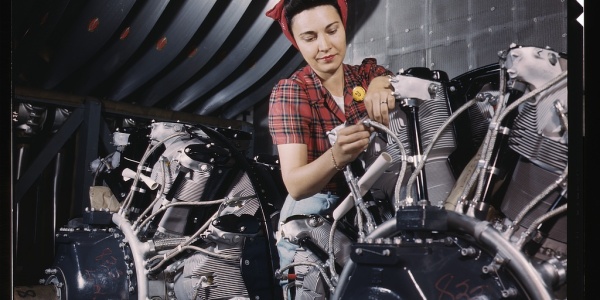After a decade of floundering, the manufacturing industry is starting to pick back up. New automation technologies are constantly being implemented in the industry, but at the same time, there are also more manufacturing jobs being created. Since robots can tackle the simple tasks, more specialized work needs to be done by skilled human workers. There is a growing demand for skilled workers in manufacturing.
Many U.S. companies are in need of skilled workers, like welders or machinists, and they are turning to the huge female work force. Women make up about half the workforce in the United States, yet they only account for small portion of the manufacturing workforce. According to the U.S. Bureau of Labor Statistics, there are 12.2 million manufacturing jobs in the United States, and less than one-third of that workforce is female.
Manufacturers are realizing they are missing out on a huge talent pool for capable workers. Female manufacturing jobs hit their apex in the 1990’s, where the numbers plateaued until the recession. The recession took a toll on both male and female workers in industry. However, since the recession ended and jobs have returned to manufacturing, men have benefited more than women. 500,000 men have regained jobs while another 52,000 women have lost jobs.
While the reason for this disparity between male and female jobs in manufacturing can’t be identified with certainty, Katherine Gallagher Robins of the National Women’s Law Center in Washington, believes that companies are not making an effort to reach out and target the female workforce.
Part of the reason for a small female presence in manufacturing could be that men have traditionally held these jobs. A survey conducted by Women in Manufacturing revealed that women between the ages of 17 and 24 view manufacturing jobs as being male-oriented and boring.
Manufacturers are trying change the way that the industry is viewed. Whether it’s just a matter of reaching out to the female workforce, or changing the identity of the manufacturing industry, isn’t clear, but companies will try both to draw in skilled female workers.
